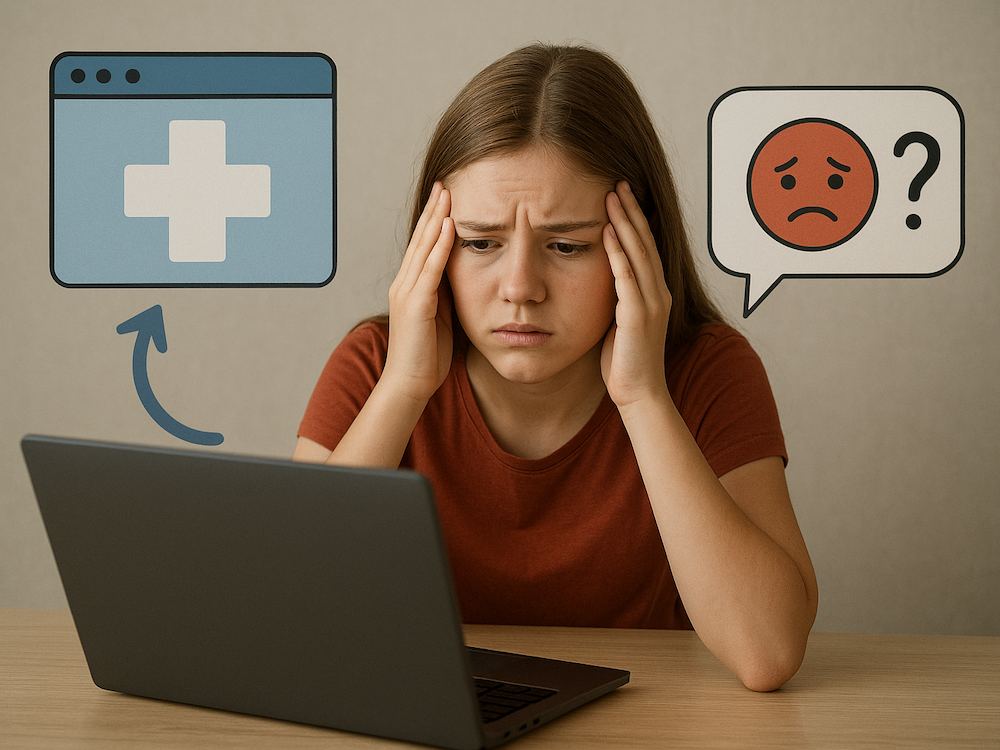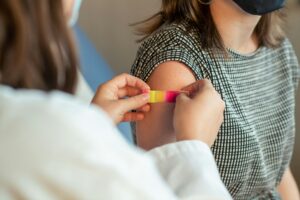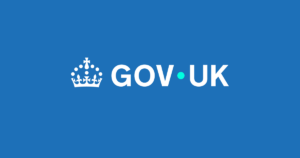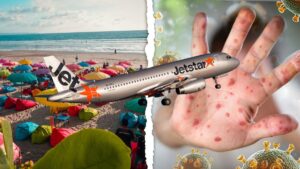
Since the onset of the COVID-19 pandemic, there has been a notable decline in adolescent mental health, with health anxiety emerging as a significant concern. Adolescents, who are naturally more self-aware and sensitive to bodily changes, are particularly prone to health-related worries. Despite this, research into health anxiety—defined as the fear of contracting or developing an illness—among adolescents has been limited.
Health anxiety often manifests as heightened attention to bodily sensations, overestimating the severity of minor symptoms, and misinterpreting benign signals as indicators of serious disease. While some vigilance can be adaptive, excessive health anxiety can lead to unnecessary precautions, social isolation, and comorbidities with other anxiety disorders. This condition can develop in childhood or early adolescence, often triggered by observing a significant other’s illness or health-anxious cognitions. The rapid physical changes during puberty further complicate distinguishing normal sensations from signs of illness, fostering bodily hypervigilance and increasing the risk of misinterpretation.
Health Anxiety and Internet Use
Health anxiety is closely linked to health-related internet use (HRIU), a resource accessed by up to 80% of adolescents. While seeking illness-related information is common, adolescents also turn to the internet for developmental topics such as fitness, body image, and mental health. For some, online search serves as an alternative to consultations, driven by fear of rejection, reluctance to trouble parents or doctors, or a desire for privacy—concerns especially salient during adolescence.
The cognitive-behavioral model suggests that individuals with higher health anxiety are more susceptible to reassurance seeking as a coping strategy. This pattern is documented in both adults and adolescents. However, the link between health anxiety and HRIU may be more complex than a simple cause-and-effect relationship. An alternative model by Brown et al. proposes that each search can generate both reassuring and worrying outcomes, potentially fueling a vicious cycle of health anxiety and internet use.
Exploring Theoretical Models
While the cognitive-behavioral model suggests differences based on individuals’ baseline health anxiety levels, the integrative model posits that its mechanisms apply broadly to HRIU. This study aims to integrate these perspectives by examining how within-person fluctuations in health anxiety and internet use affect each other over time. It also focuses on adolescents with different baseline levels of health anxiety, particularly the understudied group with lower health anxiety.
Adolescents may experience temporary spikes in health anxiety due to illness in the family, changes in health status, or societal issues like the pandemic. Such increases can prompt information seeking and safety precautions, often leading to higher HRIU. However, the integrative model suggests that these temporary increases may develop into lasting changes in internet use, reinforcing beliefs about the internet as a valuable source of health information.
Longitudinal Insights and Methodology
This study analyzed longitudinal data from 2,500 adolescents aged 11-16, collected through an online survey as part of the DigiWELL Project at Masaryk University. The data collection occurred in three waves, each six months apart, allowing for the examination of long-term effects. Participants were recruited from a community sample representative of the Czech adolescent population, ensuring diversity in region, municipality size, and education level.
The study employed a computer-assisted web interviewing method, with strict ethical standards and quality checks. Participants’ health anxiety was assessed using a subscale of the Multidimensional Inventory of Hypochondriacal Traits, while HRIU was measured using a scale adapted for health-related purposes. Statistical analysis was conducted using R software and Mplus, focusing on within-person fluctuations and stable between-person differences.
Findings and Implications
The study found that, cross-sectionally, adolescents with higher baseline health anxiety tend to use the internet for health-related purposes more frequently. However, the long-term relationship between health anxiety and HRIU varied based on baseline anxiety levels. For adolescents with high health anxiety, frequent HRIU did not lead to increased health anxiety, suggesting a ceiling effect where both variables remain stable and unresponsive to each other.
In contrast, adolescents with medium baseline health anxiety showed a reciprocal relationship between HRIU and health anxiety, indicating vulnerability to the negative effects of health-related media use. This group may be particularly prone to being triggered by HRIU, leading to higher health anxiety and persistent internet use over months.
“Adolescents with medium trait health anxiety may be particularly vulnerable to the negative effects of health-related media use,” the study suggests, highlighting the need for targeted interventions.
Concluding Thoughts and Future Directions
This study provides new insights into the bidirectional relationship between adolescent health anxiety and HRIU. It highlights the importance of considering individual differences in health anxiety when examining the effects of internet use. The findings suggest that while adolescents with high health anxiety may not experience increased anxiety from HRIU, those with medium anxiety levels are at greater risk.
Future research should focus on refining the understanding of health anxiety levels and their impact on HRIU, particularly in a post-pandemic context. Interventions should aim to enhance eHealth literacy and coping mechanisms for adolescents with medium health anxiety, preventing the development of higher anxiety levels and promoting healthier internet use habits.





